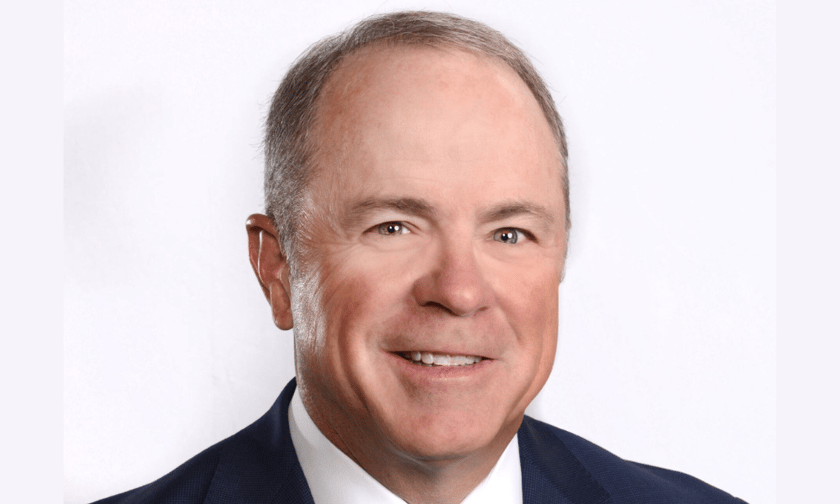

From electrical panel shortages to pickup truck backorders, the supply chain squeeze continues to distort underwriting metrics and destabilize project timelines. In construction especially, ripple effects are severe - delays don’t just slow progress, they trigger policy audit issues, shift sales figures and drive-up premiums off-cycle.
“I’ve been through the hard market of the late 80s, the real estate crash, 9/11 – and none of those compared to how difficult this market is,” Aycock said.
In 2023, the US life insurance market reported $193.59 billion in direct premiums written, showing the scale of the industry Aycock operates within. Meanwhile, non-life insurance premiums grew significantly faster, with a 10.9% increase globally, partly due to higher policy rates compensating for inflation and claim costs.
Based in West Texas, Aycock serves clients across oil and gas, agriculture, healthcare and construction. It’s a broad portfolio, but the stress points are the same across the board: delays, cost spikes, and a risk landscape shifting under their feet.
“You can’t build a building if you can’t get windows and doors and electrical panels,” he said. “It slows down the timeframe in a dramatic way.”
Texas’s economic diversity usually offers some insulation. But even industries known for their adaptability – like oil and gas – are stretched thin. Aycock said that companies in Midland-Odessa are still managing, but not without improvisation.
“If they can’t get what they need, they come up with another way – running natural gas generators instead of diesel or whatever it is,” he said. “Those guys are very philanthropic, and they really look for a different way to do it.”
That same flexibility doesn’t always translate elsewhere. Construction firms, in particular, are taking heavy hits—facing wave after wave of material delays that leave projects stuck in limbo.
“I feel it more in my contractors,” Aycock said. “Trying to build new buildings and trying to get material of different kinds is where we definitely see the most problems.”
Timeline disruptions aren’t just logistical headaches – they’re distorting core underwriting metrics. Sales projections shift, audits get messy, and premiums rise off-cycle.
“We didn’t get the sale done in this policy period, so it’s going to get pushed to the next one, and it’s going to increase my sales, which is going to increase my premium,” Aycock said.
Even fleet availability - a problem that might seem minor - has created ripple effects. Work trucks were nearly impossible to source at one point, throwing off entire operations in industries that rely on mobility.
“For a while you couldn’t even get a pickup,” Aycock said. “If you can’t get vehicles, it’s a definite issue. There’s no doubt about it.”
The pressure to deliver, despite delays, has translated into something more dangerous: rising claims. Aycock said he’s seen incidents climb as crews rush to meet deadlines—electrocutions, falls, collapses. All preventable.
“You start cutting corners, and if your safety lags, then you’re going to have claims,” he said.
And the strain doesn’t stop at the jobsite. Underwriters are left justifying higher rates to clients who are already financially boxed in. Between bank loans, master service agreements, and coverage minimums, Aycock said the math often doesn’t work.
“They’ve got contracts that require insurance at a certain level, and it’s getting very difficult to get that in a manner they can absorb,” he said.
No one’s coming to fix it
Is this the new normal or just an extended rough patch? Aycock didn’t sugarcoat it.
“If I could answer that question, I probably wouldn’t have to be selling insurance,” he said.
What’s clear is that the pressure isn’t easing – and global dependencies continue to expose local vulnerabilities. Aycock said he's getting calls weekly from clients rethinking entire business models just to stay operational.
“There’s definitely shortages that are still out there,” he said. “But you know, America is built on entrepreneurship and finding new ways to do different things.”
That hustle is critical in a landscape where so much is beyond anyone’s control.
“We deal in a global economy now,” Aycock said. “It’s stuff coming from all over the world.”
But resilience has its limits. And for now, Aycock sees little hope for systemic relief.
“I certainly don’t have the answers on how we get that resolved other than some tort reform,” he said. “But I don’t see that happening.”
